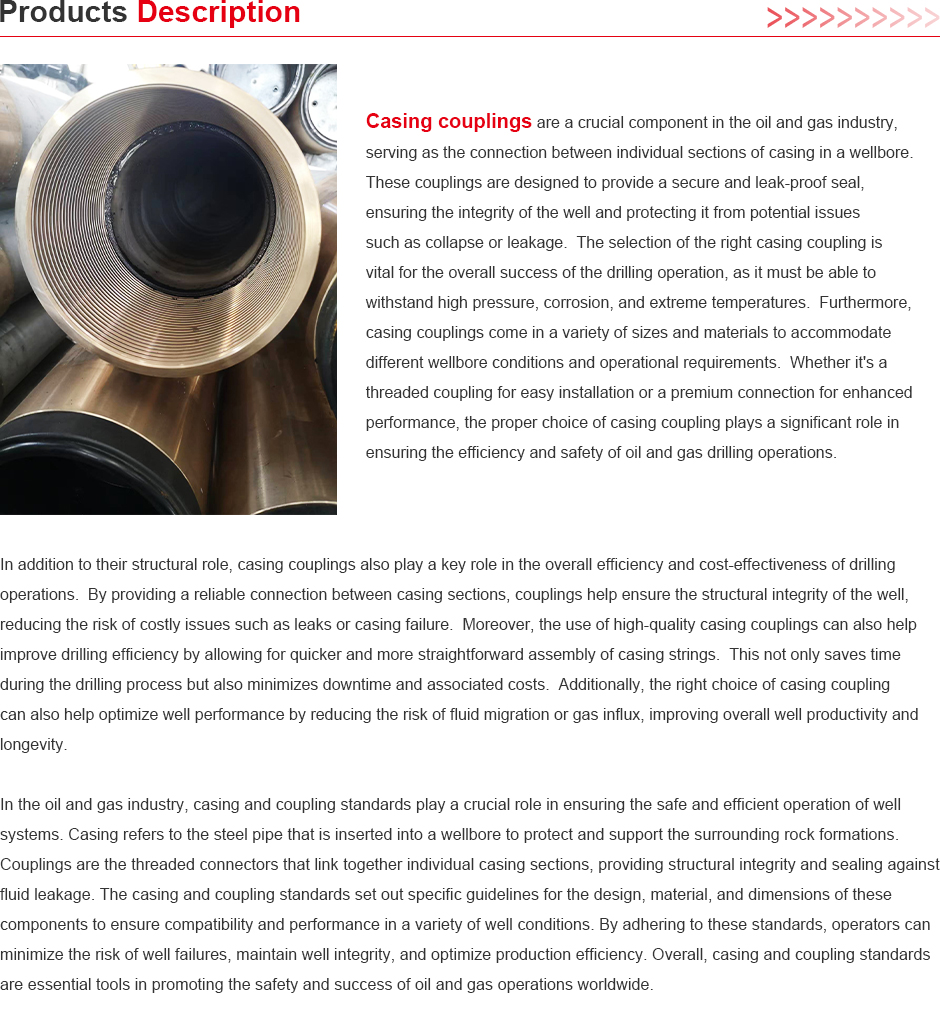- Afrikaans
- Albanian
- Amharic
- Arabic
- Armenian
- Azerbaijani
- Basque
- Belarusian
- Bengali
- Bosnian
- Bulgarian
- Catalan
- Cebuano
- Corsican
- Croatian
- Czech
- Danish
- Dutch
- English
- Esperanto
- Estonian
- Finnish
- French
- Frisian
- Galician
- Georgian
- German
- Greek
- Gujarati
- Haitian Creole
- hausa
- hawaiian
- Hebrew
- Hindi
- Miao
- Hungarian
- Icelandic
- igbo
- Indonesian
- irish
- Italian
- Japanese
- Javanese
- Kannada
- kazakh
- Khmer
- Rwandese
- Korean
- Kurdish
- Kyrgyz
- Lao
- Latin
- Latvian
- Lithuanian
- Luxembourgish
- Macedonian
- Malgashi
- Malay
- Malayalam
- Maltese
- Maori
- Marathi
- Mongolian
- Myanmar
- Nepali
- Norwegian
- Norwegian
- Occitan
- Pashto
- Persian
- Polish
- Portuguese
- Punjabi
- Romanian
- Russian
- Samoan
- Scottish Gaelic
- Serbian
- Sesotho
- Shona
- Sindhi
- Sinhala
- Slovak
- Slovenian
- Somali
- Spanish
- Sundanese
- Swahili
- Swedish
- Tagalog
- Tajik
- Tamil
- Tatar
- Telugu
- Thai
- Turkish
- Turkmen
- Ukrainian
- Urdu
- Uighur
- Uzbek
- Vietnamese
- Welsh
- Bantu
- Yiddish
- Yoruba
- Zulu
seating nipple tubing
Understanding Seating Nipple Tubing in Oil and Gas Operations
The oil and gas industry is a complex domain characterized by a multitude of components and mechanisms, all designed to ensure the efficient extraction of resources. One vital component in this intricate process is seating nipple tubing. In the context of well production, seating nipple tubing plays a crucial role in controlling the flow of fluids and managing pressure within the wellbore.
What is Seating Nipple Tubing?
Seating nipple tubing, commonly referred to as a seating nipple, is a specialized type of tubing utilized primarily in pumping systems within oil and gas wells. Its principal function is to provide a secure seating point for various downhole equipment, such as plugs, valves, and pumps. The design of a seating nipple allows it to accommodate these components quickly and effectively, ensuring a reliable seal between the tubing and the equipment it houses.
Seating nipples come in various designs and sizes, depending on the specific requirements of the well and the equipment being deployed. Generally, they are manufactured from high-strength materials, such as stainless steel or carbon steel, to withstand the harsh conditions prevalent in subterranean environments where temperature and pressure can fluctuate dramatically.
The Functionality of Seating Nipples
One of the primary functions of seating nipple tubing is to facilitate the safe and efficient operation of various downhole tools. During the life of a well, operators might need to deploy tools like plugs for pressure testing or zone isolation. When these tools are installed, they must create an effective seal to prevent fluid migration between different zones in the wellbore. Seating nipples are engineered to ensure that these tools are seated adequately and remain functional throughout their intended operational life.
Moreover, seating nipples play a critical role in well intervention activities. Whether it’s for maintenance, testing, or enhancing production, operators frequently have to retrieve or engage equipment within the well. A well-designed seating nipple allows for easier disconnection and reconnection, minimizing the time needed for such interventions and ultimately contributing to the efficiency of the overall operation.
seating nipple tubing

Applications of Seating Nipple Tubing
Seating nipple tubing is employed across a spectrum of applications in the oil and gas sector. One of the most common uses is in artificial lift systems. In these systems, seating nipples provide the necessary interface for installing downhole pumps that lift fluids to the surface. The integrity of these installations is paramount, as any failure can lead to significant production losses and increased operational costs.
Additionally, seating nipples are crucial in enhanced oil recovery (EOR) techniques. These methods, which include gas injection or water flooding, require precise control over the flow of fluids in the reservoir. The use of seating nipples allows operators to manage these processes effectively, ensuring that injected fluids reach their intended targets without compromising the surrounding formations.
Challenges and Considerations
While seating nipple tubing is an essential component, it is not without its challenges. One of the primary concerns is the potential for corrosion and wear due to the abrasive and sometimes corrosive fluids that pass through the tubing. Operators must consider the materials used in the manufacturing of seating nipples and implement adequate monitoring and maintenance practices to mitigate these risks.
Furthermore, the installation and functioning of seating nipples necessitate precision engineering. Any misalignment or improper sealing can lead to costly operational failures, making it imperative for operators to adhere to stringent installation protocols and guidelines.
Conclusion
In conclusion, seating nipple tubing is a fundamental aspect of oil and gas operations, serving as the backbone for the successful deployment and function of various downhole tools. Its role in ensuring the integrity of hydraulic systems and enabling efficient production and recovery methods cannot be understated. As technology advances and the industry continues to evolve, understanding and optimizing the use of seating nipple tubing will remain a critical focus for engineers and operators alike. This component's reliability and performance have a direct impact on the profitability and sustainability of oil and gas projects worldwide, underscoring its importance in the sector.
-
Well Casing Extension Couplings – Applications and InstallationNewsJun.06,2025
-
Types of Crossover Subs in Drilling & CompletionNewsJun.06,2025
-
Key Features of High-Quality Tubing Pup JointsNewsJun.06,2025
-
Installation and Maintenance Tips for Steel Couplings for PipeNewsJun.06,2025
-
How to Select the Right Pup Joint for Oil & Gas OperationsNewsJun.06,2025
-
Applications of Stainless Steel Pipe CouplingsNewsJun.06,2025







